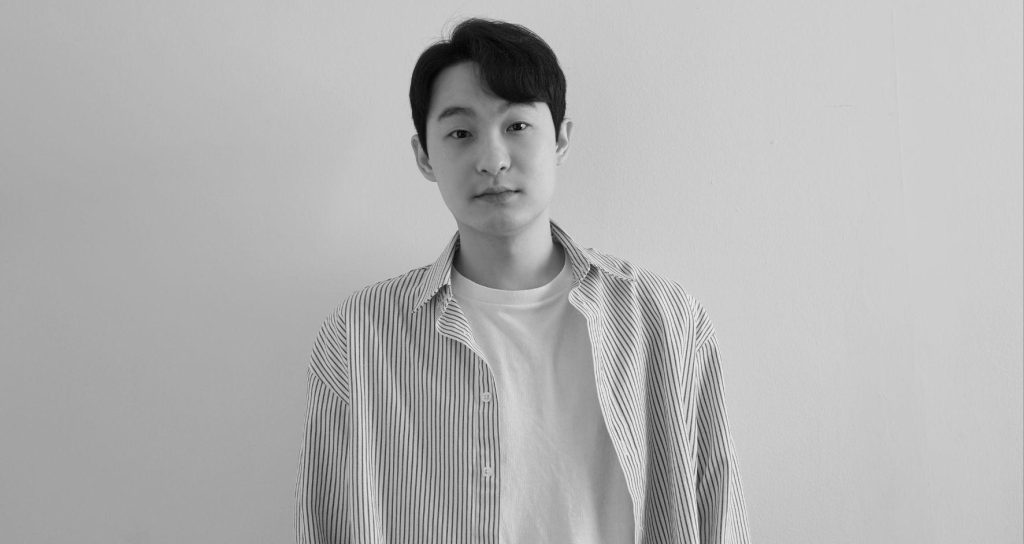Strategic philanthropy shapes how individuals and organizations choose to donate time, money, and knowledge. Unlike impulsive giving, this approach aims for lasting solutions. Dana Guerin, a film producer and philanthropist dedicated to advancing healthcare access and supporting the arts, explores the importance of strategy when engaging in effective, impactful philanthropy.
Today’s donors look for results they can see, measure, and share. The goal of strategic philanthropy is to produce visible, long-term change that surpasses quick relief. Thoughtful giving can drive true progress as donors build lasting success for their causes.
Defining Strategic Philanthropy
People often confuse charity with strategic giving, but the difference matters. Strategic philanthropy demands careful planning, research, and evaluation. It trades short-term wins for true transformation. Effective donors identify problems, set clear goals, and pursue outcomes that match their values.
A one-time act of generosity has its place. But a strategic gift aims to break cycles, close gaps, and spark new opportunities by looking at the problem’s roots. Instead of writing a check and moving on, donors stay involved from start to finish. They want to see how their gift changes lives over time.
“Every strong strategy starts with a vision,” says Dana Guerin. “Strategic philanthropy requires looking beyond a single act to the bigger picture. A donor’s values guide every decision, from the issues to support to the approach taken.”
With a mission in focus, each move lines up with long-term aims, not just today’s headlines. Focusing on outcomes is equally important. Donors look for real data on what works, which drives choices that offer the most impact for every dollar. If a program doesn’t meet its goals, the strategy changes. Open feedback and course corrections matter more than sticking to a plan that falls short.
Traditional giving often happens in the heat of the moment. Disasters stir people to donate, but checks written under stress often lack follow-up. In contrast, strategic philanthropy relies on careful planning, budget reviews, and ongoing evaluation. Every grant goes through a process: research confirms the need, a goal sets the direction, and progress gets tracked along the way.
Strategic donors check results, learn from each step, and adjust as needed. Philanthropists like these share discoveries, collect data, and improve future projects. This process rewards ideas that work and moves resources where they are needed most.
Designing High-Impact Initiatives

Strategic initiatives start by picking the right problem, studying the context, and designing solutions that can prove their worth. Donors focus on what moves results for the people who need help most.
“A program’s design calls for strong teamwork, careful listening, and a willingness to try and fail,” notes Guerin. “Every choice, from picking partners to methods of tracking results, plays a part in the outcome.”
Data shapes every strong initiative. Strategic donors don’t guess or follow trends. They dig into research to spot where the need runs deep and what has already been tried. They consider what changes when someone gets help and weigh the root causes of each problem.
Donors invest in tools and studies that dig out useful figures. Data shows which groups lack resources, which programs provide real relief, and what hurdles remain. By tracking patterns and measuring success over time, donors know if a project works or simply looks good on paper.
Few changes happen alone. Strategic philanthropy draws strength from building alliances. Donors work with local groups, larger NGOs, and at times, public agencies. Each partner brings different skills, networks, and resources. Pulling these together increases reach and deepens the effect.
Working together can remove blind spots, fill knowledge gaps, and increase buy-in from everyone involved. When donors listen to those closest to the issue, projects respond better to real needs. On-the-ground partners can test new ideas, keep donors informed, and act as trusted guides.
Clear targets and honest feedback keep projects moving forward. Donors set specific, measurable goals before a project starts. Outcomes stay at the center of every discussion. Progress gets tracked, reported, and shared with all those involved.
This approach uses real numbers, not stories alone, to track change. Success may show up in improved test scores, fewer missed appointments, or safer communities. Donors look for solid proof their gifts made a difference, adjusting as new results come in.
Scaling and Sustaining Impact

“A project that works in one place often has the power to help many more,” says Guerin.
Strategic giving puts systems in place so progress keeps growing over time. Donors plan for what happens when their involvement ends, so gains remain long after grant dollars run out.
Projects that thrive often blend direct services with broader changes. By testing solutions at a small scale, donors learn what works before expanding. Strategic growth avoids problems that come from rapid, unfocused expansion.
Some problems resist simple fixes. Policy shifts can lock in progress and extend benefits to more people. Donors can support research, advocacy, and public campaigns that seek new laws or stronger rules. Policy work connects grassroots wins to bigger, lasting reform.
Donors often support networks that advocate for change on many levels. These groups influence stakeholders, shape public opinion, and guide decision makers. A well-timed policy change can make an entire sector more fair and effective.
Donors working in isolation risk overlooking key ideas or repeating mistakes. Building strong networks of like-minded donors brings new insights and pools resources for greater effect. Informal groups, alliances, and giving circles all offer spaces to share lessons and scale what works.
Networks can take on larger, more complex projects with shared funding and teamwork. They document results, refine strategies, and offer guidance to newcomers looking to make their first significant gift. Donors who join these communities learn from others, fuel bigger projects, and stand stronger together.
Strategic philanthropy puts intention above impulse. It moves the needle by solving root problems, building trusted partnerships, and tracking results long after the first dollar is spent. Every gift reflects a research-backed plan tuned to the donor’s mission. When donors commit to this approach, they transform charity from a fleeting moment into a steady flow of progress.
Applying these principles shifts resources to solutions that work, grows those wins, and sets the stage for lasting change. Philanthropists and charitable organizations can both build this mindset into their work. The results show up in stronger communities, smarter policy, and a world where gifts pay off long after their first impact is felt. Strategic philanthropy matters for its reach as well as for its power to change the story for good.





















